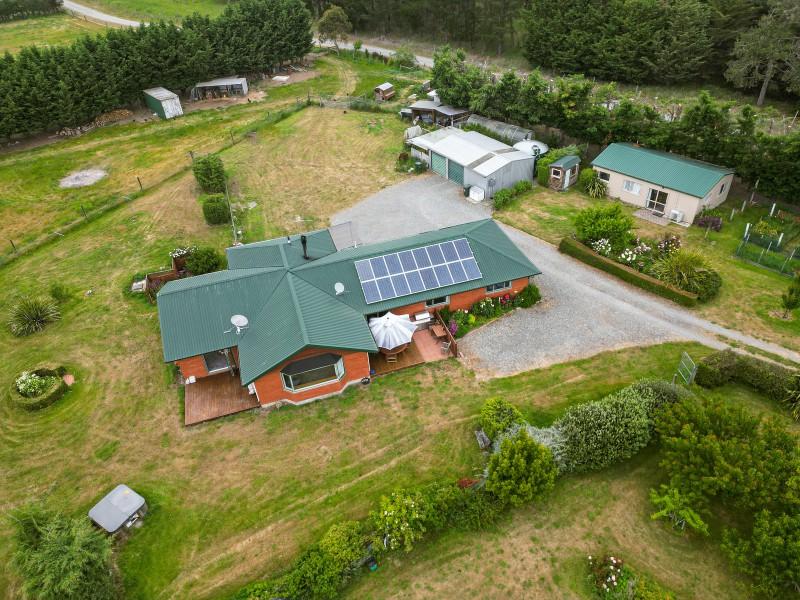Flood-prone Canterbury rivers in the spotlight
By David Hill, Local Democracy Reporter
Lessons learned from devastating floods in May 2021 are helping shape planning for Canterbury’s rivers.
Environment Canterbury (ECan) is proposing to invest $25 million a year, over the next 10 years, to boost flood protection as part of its draft 2024-34 long-term plan (LTP).
While flooding caused by Cyclone Gabrielle in Hawke's Bay last year attracted headlines, Canterbury has had its own damaging floods in recent years.
In 2019, the Rangitata River bridge was closed for several days following a flood, while the May 2021 flood caused widespread disruption, prompting a rethink of how ECan manages its river systems.
"A Cyclone Gabrielle event hasn’t happened, as far as we know, in Canterbury’s history, but one-in-200 year events seem to be happening more and more,’’ said councillor Ian Mackenzie, who chairs the council’s catchment resilience committee.
"Nobody is immune to being impacted by flood events."
The 2021 flood event showed the old river and drainage rating model was no longer fit for purpose, as rivers need to be looked at as a whole river system, he said.
To ensure the financial burden is spread across the region, the council is seeking to introduce a mix of district-wide and region-wide rating.
Without the council’s flood protection, land drainage and erosion control schemes, staff estimated there would be about "$9 billion per year of combined damages and lost earning potential would be felt".
Canterbury has about half of New Zealand’s river assets, with the regional council having oversight of 58 river schemes.
Flood protection work is urgently needed in the Waimakariri district, the council’s operations general manager, Leigh Griffiths, said.
Changes to the landscape caused by the growing urban environment and the 2010 and 2011 earthquakes meant "the level of flood protection is lower than would be expected", she said.
About $700,000 a year is spent on maintenance in the Ashley-Rakahuri River, with the council proposing to increase that to $800,000 per year and to initiate an eight-year, $15m upgrade programme as part of the LTP.
The work, for which the council will seek central Government funding, is likely to be similar to work planned in the Selwyn district.
Christchurch, Kaiapoi and part of the Selwyn district are protected by two levels of flood protection on the Waimakariri River, which has capacity for a one-in-500 year event.
It costs about $5m a year, with $1m coming from a targeted rate of $12 per ratepayer, per year.
The balance is funded by income from grazing and forestry on council-owned land between the stopbanks.
The capacity in some South Canterbury rivers means they "are expected to overtop their stopbanks" in a one-in-50 year flood event, while Ashburton is protected for a one-in-200 year event.
The proposed Selwyn district flood prevention work will be funded by a district-wide targeted rate and will include clearing out channels and flow paths, weed control and planting, and building resilience.
Exotic weeds, including poplars and willows, and loose shingle poses the biggest challenges, Mackenzie said.
"Bridges are more likely to survive if they’re not being treated as a battering ram [in a flood].
"Exotic weeds are one of the biggest problems.
"If we stopped doing what we do these exotic weeds would choke rivers and push them out to the berms."
■ LDR is local body journalism co-funded by RNZ and NZ On Air.
⚠️ DOGS DIE IN HOT CARS. If you love them, don't leave them. ⚠️
It's a message we share time and time again, and this year, we're calling on you to help us spread that message further.
Did you know that calls to SPCA about dogs left inside hot cars made up a whopping 11% of all welfare calls last summer? This is a completely preventable issue, and one which is causing hundreds of dogs (often loved pets) to suffer.
Here are some quick facts to share with the dog owners in your life:
👉 The temperature inside a car can heat to over 50°C in less than 15 minutes.
👉 Parking in the shade and cracking windows does little to help on a warm day. Dogs rely on panting to keep cool, which they can't do in a hot car.
👉 This puts dogs at a high risk of heatstroke - a serious condition for dogs, with a mortality rate between 39%-50%.
👉 It is an offence under the Animal Welfare Act to leave a dog in a hot vehicle if they are showing signs of heat stress. You can be fined, and prosecuted.
SPCA has created downloadable resources to help you spread the message even further. Posters, a flyer, and a social media tile can be downloaded from our website here: www.spca.nz...
We encourage you to use these - and ask your local businesses to display the posters if they can. Flyers can be kept in your car and handed out as needed.
This is a community problem, and one we cannot solve alone. Help us to prevent more tragedies this summer by sharing this post.
On behalf of the animals - thank you ❤️

What word sums up 2024, neighbours?
If 2020 was the year of lockdowns, banana bread, and WFH (work from home)....
In one word, how would you define 2024?
We're excited to see what you come up with!

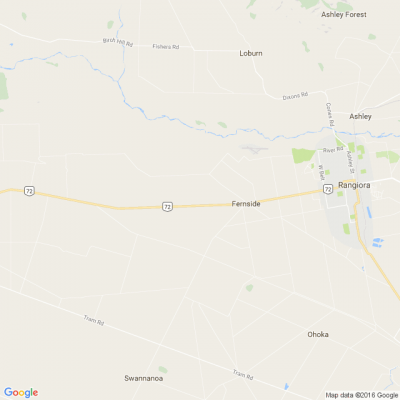
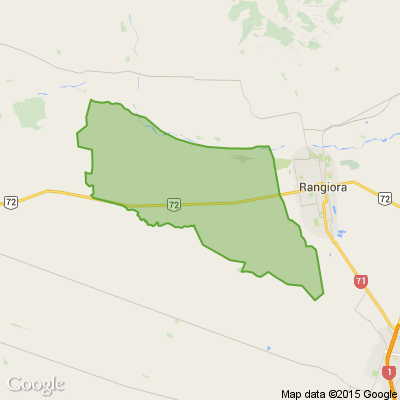





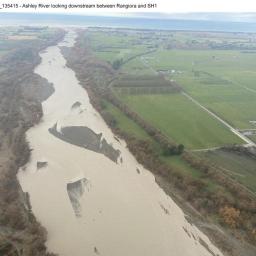
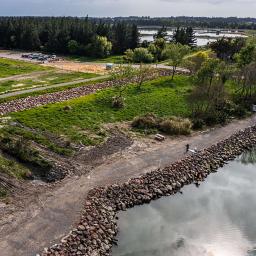
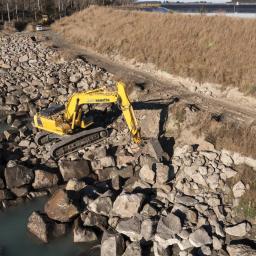

 Loading…
Loading…








